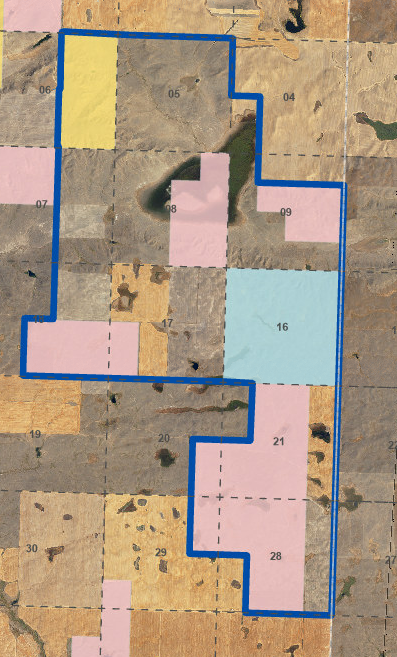BuzzH
Well-known member
Where's your solutions? Just whining about grazing fees is a do-nothing endeavor. Just raising grazing fees doesn't do anything to improve grazing practices.What do i need to study? Did i ever say expressly that grazing is inherently bad? It is taken advatange of, underfunded, and solutions are required.
You lose people with your narcissism, out of some weird distaste for an entire generation of hunters. Bad actors in hunting are a tale as as old as hunting. They were apart of your generation too and still are.
Post some "grip/grins" and tell me how awesome you are next.
I've worked on this stuff for over 35 years, successfully, including writing management plans, assessing stream, wetland, riparian, forest, range, etc. etc. health. When you come up with your plan, let me know.
The one best thing you can do, that you likley won't, is to ask Congress to fully fund land management agencies, R&D, etc.
Let the experts figure it out...your whining will do zip.
Last edited:





